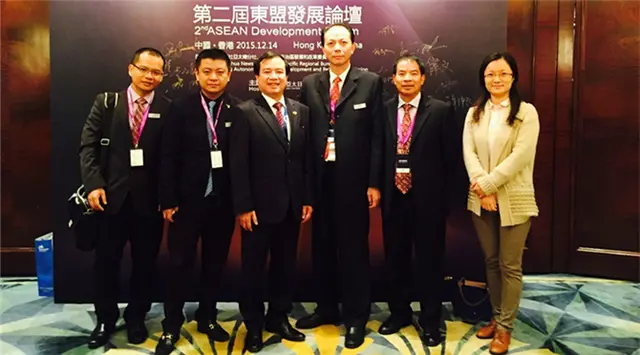Ruling party lawmakers in South Korea has put forward views that it would be necessary to adopt the U.S.-developed missile defense system to enhance defense capabilities against what they called the Democratic People's Republic of Korea (DPRK)'s nuclear and missile threats.
"Views in favor of deploying THAAD on the Korean Peninsula were brought forward within the party. I personally have claimed the need to introduce interceptor missiles for a long time,"Rep. Yoo Seung- min, floor leader of the ruling Saenuri Party, was quoted by local media as saying during a party meeting Monday.
The THAAD stands for the Terminal High Altitude Area Defense, an advanced missile defense system developed by the U.S.-based Lockheed Martin. It is designed to intercept ballistic missiles at an altitude of 40-150 km.
Yoo said the THAAD introduction is a matter of how to protect the country from the DPRK's attack, which is equal to a matter of "national survival."He vowed to collect opinion within the party on the THAAD issue by the end of March when the party will hold a policy meeting.
His comments came a day after two members of the ruling party, including the party's policy committee chief and head of the parliamentary committee for foreign affairs and unification, brought forward the need for adoption of the THAAD on the Korean Peninsula.
Such mood was formed in the ruling party after U.S. Ambassador to South Korea Mark Lippert was attacked by a South Korean assailant who was against the ongoing U.S.-South Korea joint annual military exercises.
After the"terrorist attack,"concerns spread that South Korea may be disadvantageous in diplomatic negotiations with the United States.
Lippert was slashed last Thursday in his face and hand with a knife by 55-year-old South Korean activist Kim Ki-jong, who was arrested on various charges including attempted murder.
Expressing his repeated regrets over the incident, ruling party chief Kim Moo-sung said during the party meeting that South Korea "will never succumb to this terrorism" and take this opportunity to strengthen U.S.-South Korea alliance.
Regarding the remarks, Defense Ministry spokesman Kim Min-seok told a press briefing that the ministry has no plan to purchase the U.S. missile defense system, reiterating its position on the issue.
The spokesman said the South Korean military is focusing on the terminal-phase, low-altitude missile defense and plans to develop its indigenous missile defense system.
On Feb. 25, Defense Minister Han Min-koo told lawmakers that the military has no plan to purchase the THAAD, saying it means no plan to introduce the U.S. missile defense program.
South Korea has pushed for the Korea Air and Missile Defense ( KAMD), which refers to South Korea's own missile defense system based on indigenous technology. The military is developing the long-range surface-to-air missile (L-SAM) and medium-range surface- to-air missile (M-SAM) to establish a multi-layered missile defense system.
The multi-layered missile defense means that the failure of the first-stage interceptors leads to the second-stage interception at different altitudes.
South Korea plans to upgrade its PAC-2 missiles to Lockheed Martin's PAC-3 to shoot down missiles at an altitude of less than 40 km. The M-SAM will help PAC-3 intercept missiles at such altitudes.
The L-SAM will intercept missiles at an altitude of 40 km or above, moderating worries that the PAC-3 and the M-SAM may not be enough to shoot down missiles. The THAAD is aimed at intercepting missiles as high as 150 km.
 简体中文
简体中文

